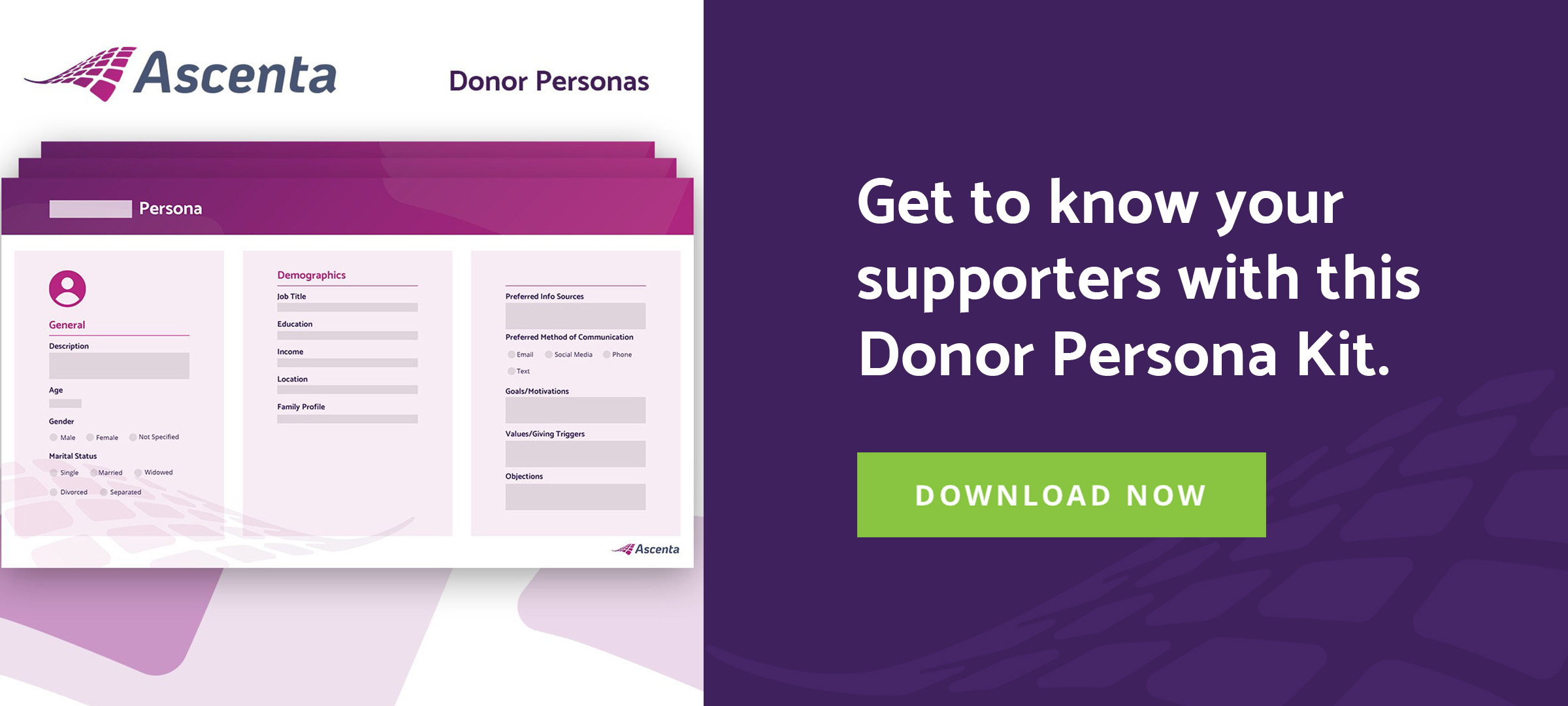It’s no secret that our world has gone digital. This digital landscape reveals some alarming trends that make it seem like face-to-face fundraising is a thing of the past. But in-person engagement may be a cornerstone worth incorporating into your non-profit’s fundraising strategy.
Recent trends around digital and online engagement appear to negate the need for an in-person marketing strategy. In reality, this shift can create more opportunities for your charity to stand out by building a personal connection. Digital elements such as your website, social media, blog, and videos are essential to keeping your charity relevant in today’s shifting landscape. However, the value of true face-to-face interaction with a donor shouldn’t be underestimated.
- Face-to-face donors give 10x more than donors acquired from other channels.
- Donor acquisition costs for face-to-face fundraising efforts are just 10-20 cents on the dollar.
- Non-profits see up to an 80% conversion rate for personal interactions.
With data like that, it’s hard to dispute the value.
5 Tips for Face-to-Face Fundraising Success
This doesn’t mean you should grab a coffee can and start going door-to-door asking for spare change. In-person fundraising requires you to take a step back, wrap your head around your non-profit’s story, and polish up on your communication skills.
Ascenta mobilizes face-to-face fundraising teams across the country for some of the world’s largest charity organizations. We’ve monitored millions of interactions to understand what works and what doesn’t. Here are just a few tips we’ve learned along the way that will help you put your best face forward.
Tip #1 – Do your research.
Bloomerang, a donor contact management solution, estimates that 95% of the ask happens before you’re face-to-face. Make sure you take the time to understand the audience you’re trying to reach. This includes demographic characteristics like gender and age. But it also includes geographic and behavioral or lifestyle data like where they live, work and play.
If your non-profit has not yet taken the time to document profiles of your top donor groups, this exercise is well worth the effort.

Tip #2 – Warm-up donors before the ask.
When you’re in the field and interacting with people, it’s important you take a couple of minutes to get to know each person. Rather than launching right into the ask, build a rapport. Then share a bit about yourself and your charity’s story. Lean into any personal experiences people share that might connect them to your cause.
Tip #3 – Listen more than you speak.
Too often people make the mistake of talking too much and forgetting to put on their listening ears. Once you deliver your pitch, ask a couple of key questions. Then allow the person to respond without interruptions or assumptions. As they answer, listen for keywords or phrases that align with your mission, so that you can draw a connection between their story and your cause.
Tip #4 – Present solutions.
Instead of going on about the problems your charity tackles or focusing on gloom and doom statistics, talk instead about how your organization solves those problems. For example, if your non-profit serves low-income children, you might find that you convert more donors when you talk about providing meals, clothing and medical care than when you tout stats about the number of kids who go hungry.
Tip #5 – Focus on impact.
One of the main motivations that drives people to make charitable donations is the desire to feel good. Remember that your donation request isn’t about giving money or time, it’s about making an impact for a cause. Present people with the opportunity to make a difference, and share statistics that illustrate the impact created by other donors. Let each person you speak with know exactly how their gift will be used and the measurable results it will have.
Building Your Face-to-Face Fundraising Team
Perhaps the most important part of a face-to-face fundraising outreach is having a team who can speak passionately about the mission of your organization in a natural and compelling way. This requires familiarity with your cause and a lot of practice.
But your fundraising team actually includes many more members than just your canvassers and events teams. Successful face-to-face fundraising begins behind the scenes. Some other roles to consider are:
- Public relations to promote your efforts and success
- Events management professionals to oversee and execute galas, pop-up events, in-store interactions and more
- Digital marketing teams to lay the groundwork and build awareness
- Donor communication pros to increase retention and satisfaction
- Senior staff to set fundraising goals, manage budget, track spend and monitor ROI
Outsourcing Your Face-to-Face Fundraising Strategy
To scale in-person fundraising initiatives, sometimes you need an outside partner. Hiring an agency partner to build, execute and track your face-to-face donor acquisition strategy is often an effective way to reach your giving goals. By working with a partner who is well-versed in the challenges and benefits of face-to-face marketing, you can reduce your overall donor acquisition costs. The right partner will decrease these costs by:
- Acquiring new donors
- Increasing donor retention
- Improving the average gift per donor
When evaluating potential partners, look for a non-profit fundraising agency that:
- Takes a data-driven approach to developing your strategy
- Understands technology and can build a program that connects with your current processes and systems
- Knows how to create high-quality, engaging experiences that will build a connection between your cause and your target audience
- Continually optimize your strategy to convert more donors
Face-to-face fundraising can be intimidating. Sticking to less personal efforts can seem easier. However, the benefits of being up close and personal with potential donors and the high conversion rates that result far outweigh the initial investment that goes into assembling, training and deploying a face-to-face team. Face-to-face fundraising allows you to understand your donors in real time, adapt your pitch and create a lasting, personal connection.


